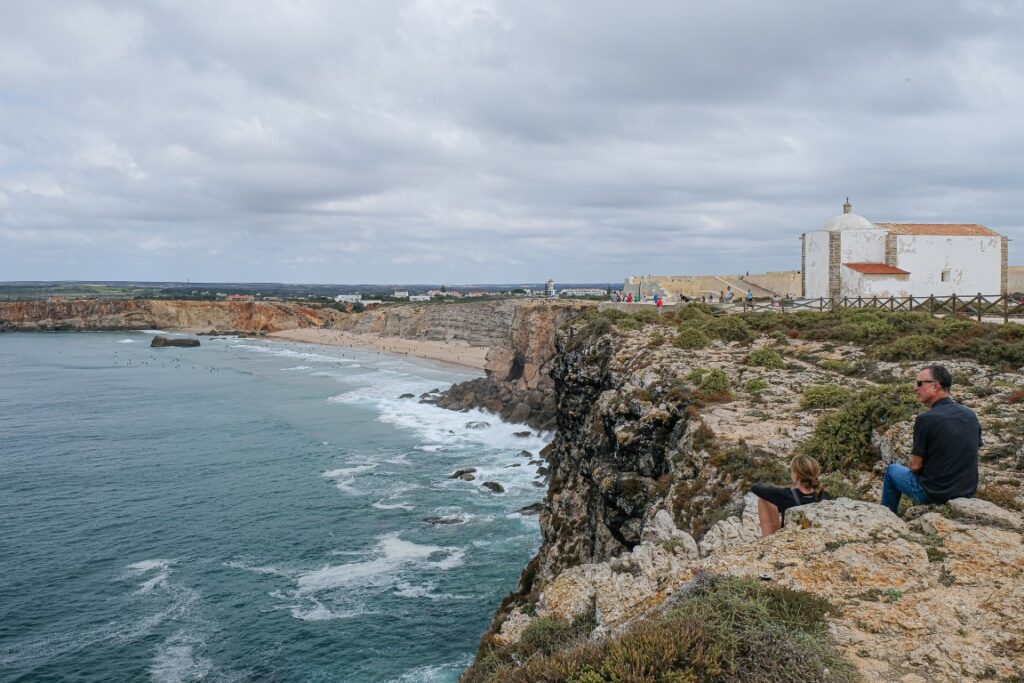The public reorganization of the heritage sector comes into operation today with the formal beginning of existence of the company Museus e Monumentos de Portugal (MMP) and the public institute Património Cultural, which replace the General Directorate of Cultural Heritage.
MMP is directed by the former president of the board of directors of the Teatro Nacional São João Pedro Sobrado, with Cláudia Leite and Maria de Jesus Monge as members, while the public institute will have as president of the board of directors the last general director of Cultural Heritage, João Carlos dos Santos, with Catarina Coelho and Laura Castro as vice-presidents.
The MMP, based in Lisbon, will include “museums with national and internationally renowned collections, as well as palaces and national monuments and world heritage sites”. He will also have responsibility for the José de Figueiredo Laboratory (LJF), the State Contemporary Art Collection (CACE) and the Photographic Documentation Archive and respective collection, at Forte de Sacavém.
The Cultural Heritage Institute, based in Porto and with “facilities in the North Wing of the Palácio Nacional da Ajuda”, in Lisbon, has “responsibilities in terms of safeguarding and conserving heritage assets, classified or in the process of being classified, the preparation of plans and projects for the execution of interventions and their implementation, support and technical monitoring and supervision, as well as research in the context of cultural heritage, a mission to be pursued in close coordination with other entities, namely the Regional Coordination and Development Commissions, local authorities and other public and private entities”, according to the decree-law that created it.
The institute is also under the jurisdiction of the National Center for Nautical and Underwater Archeology, the Archaeoscience Laboratory, the Sacavém Fort, the Libraries and Archeology Archives, and the Cultural Heritage Safeguarding Fund.
Both bodies have an advisory board and, in the case of MMP, there is also a board of trustees, chaired by the rector of the Universidade Católica Portuguesa, Isabel Capeloa Gil.
MMP is thus responsible for some of the most visited spaces in the country, from the Belém Tower, in Lisbon, to the Guimarães Castle, passing through the Sagres Fortress, in Vila do Bispo, in addition to all the national museums and others such as the José Malhoa Museum, in Caldas da Rainha, or the Lamego Museum.
Cultural Heritage is responsible for multiple churches and convents, from Freixo de Espada to Cinta à Vidigueira, and sites such as the ruins of Milreu, in Faro.
At the same time, dozens of cultural facilities are planned to be transferred to municipal guardianship, according to the reorganization model presented last June.
Some of these transfers encountered opposition from those responsible for local heritage and regional political structures, particularly in the district of Bragança, where the Museu do Abade de Baçal and the Museu da Terra de Miranda ended up being managed by MMP, and Domus Municipalis and the Bragança castle in the Cultural Heritage area, as the Ministry of Culture told Lusa last Friday, contrary to what was initially announced.
Until the end of the first semester, competitions will also be launched for the management of equipment integrated into the MMP, the José de Figueiredo Laboratory and the State Contemporary Art Collection, although international competitions have recently been held for museums. In the case of the National Museum of Ancient Art, whose director was inherently deputy director-general of Cultural Heritage, it never even opened.



















Comments